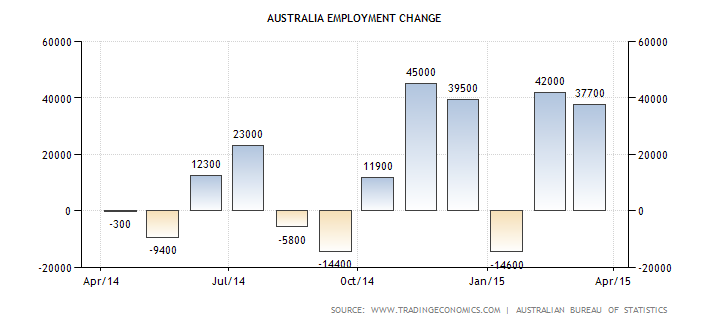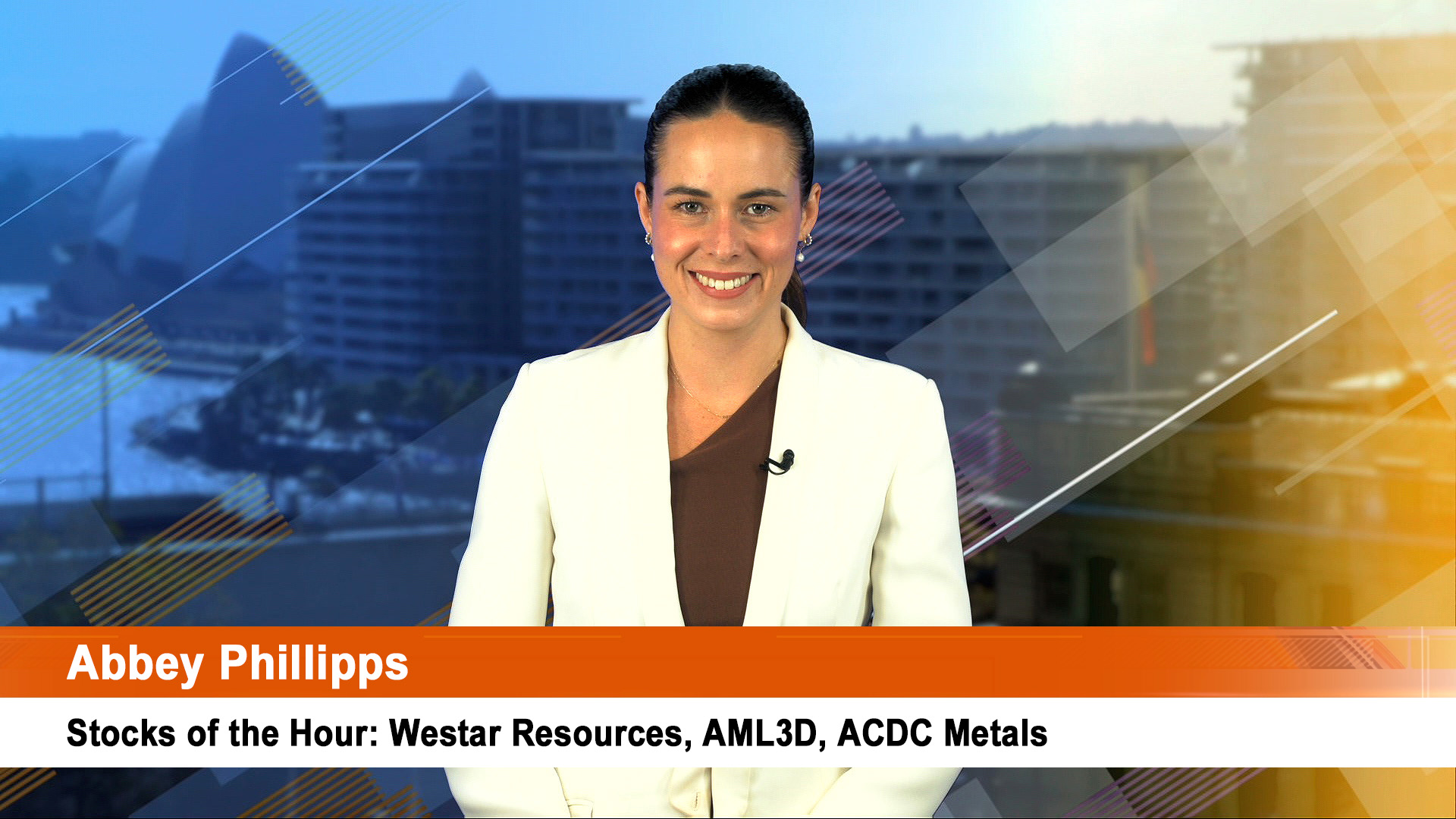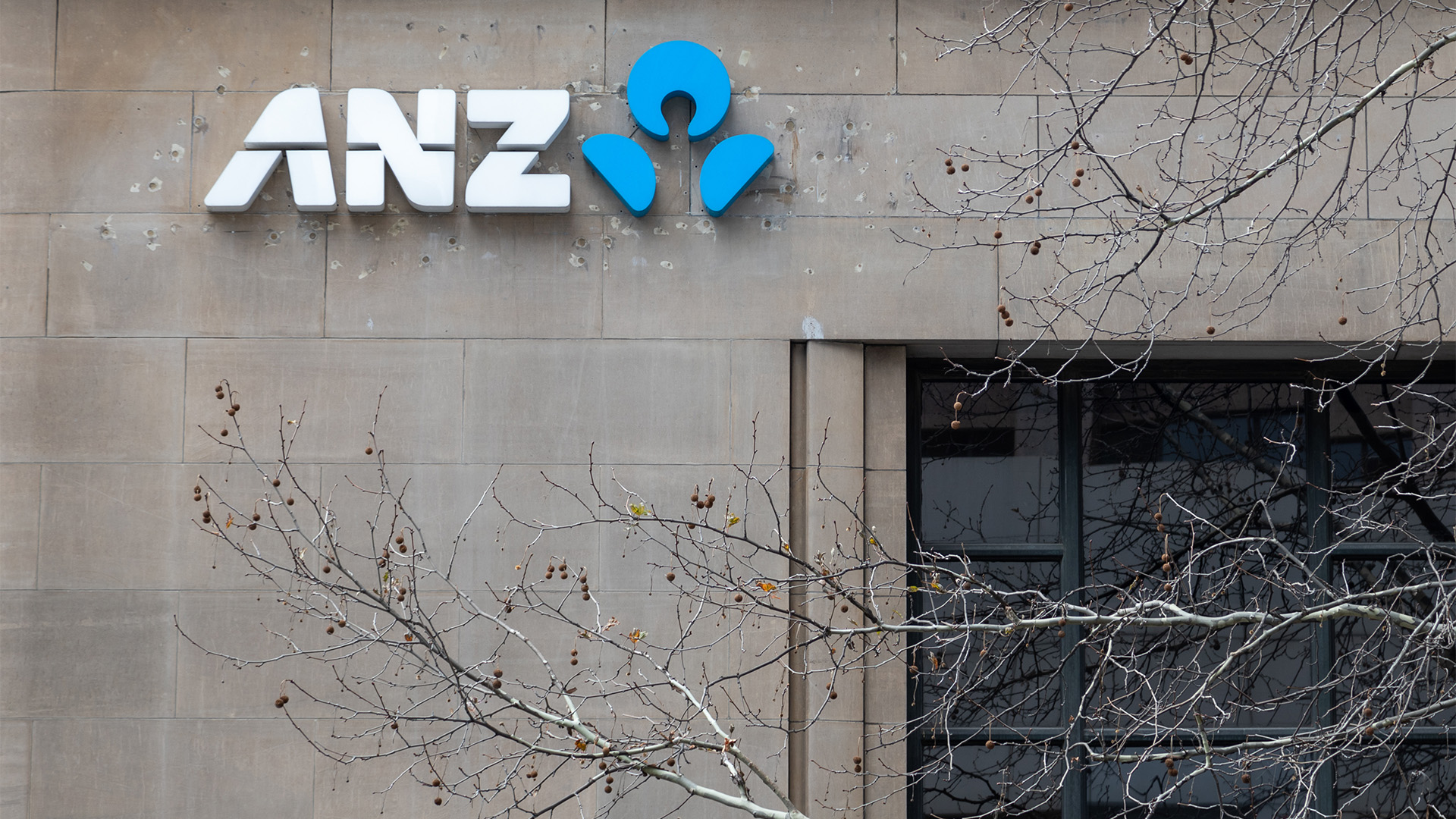Surprisingly Australia seems to have created around 80,000 new jobs in February and March – a development which confirms the feeling the economy is travelling better than the gloomsters have been telling us – especially some of those economists from financial groups, many of whom seem to be trying to talk official interest rates lower (banks and others make more money from lower rates).
The ABS said the jobless rate dipped to 6.1% in March from a revised 6.2% for February (6.3% originally reported).
That was a fall of less than 0.1% in seasonally adjusted terms, and the unemployment rate was unchanged at 6.2% in trend terms.
The seasonally adjusted rate was 6.3% in January, so there’s a small improvement so far in 2015. In fact the jobless rate may have peaked last October and then in January at 6.3%. The trend unemployment rate of 6.2% has been steady now for the last eight months.
More to the point, more than 37,000 new jobs were created in March – over 30,000 full-time, according to the ABS, with a total of 11.720 million people employed in March. The market had been looking for 10,000 to 15,000 (as usual) extra new jobs.
But February’s modest 15,600 new jobs was boosted in revisions in the March report to 42,000 – higher than the March total. That took economists and others completely by surprise.
In fact the ABS report suggests the economy has added more than 155,000 new jobs in the past five months.
Job numbers surprise again

The report pushed the Aussie dollar back over 77USc and close to 78USc as punters speculated that the need for an interest rate cut from the Reserve Bank had receded.
The stockmarket ended a solid morning advance by dipping after the report was released at 11.30 am and investors realised there may not be another rate cut from the current cash rate of 2.25%.
The March quarter’s Consumer Price Index and the accompanying core inflation figures favoured by the RBA will be released next Wednesday. They will not indicate the need for any move in rates, even if there’s a dip in the headline rate.
Looking more deeply at the figures, the ABS said the seasonally adjusted labour force participation rate increased to 64.8% in March from 64.7% in February, which was a real positive.
The good result was driven by an 0.2 point drop in unemployment in NSW to 6%, off the back of a higher participation rate.
Victoria was up 0.2 points to 6.2% off higher participation; Queensland was flat at 6.6% despite a fall in participation of 0.4 points. South Australia had a good result – unemployment down 0.4 points to 6.4%, despite an 0.3 point rise in participation; WA was flat at 5.5%, and Tasmania up a little to 6.6%.
The ABS said the seasonally adjusted aggregate monthly hours worked series also increased in March, up 4.8 million hours (0.3%) to 1,630.4 million hours. And the seasonally adjusted number of people unemployed dipped by 1,500 to 764,500 in March, both of which were also positives.
Employment data is a lagging indicator – so the pick up since the start of the year has been in train for some while, and not just from February when the RBA surprised with a rate cut – but that influence can’t be discounted totally.
So far this month we have seen a series of official and private reports suggesting the economy is stirring.
We’ve seen improving and solid car sales, buoyant building approvals, rising retail sales, strong housing finance and improving business conditions and confidence.
But a note of caution – these jobs figures from the ABS have been unreliable in the past year or so so we have to take these figures, and those for January and February with a dollop of salt until the trend is confirmed in a few months time.
But economists said yesterday there are signs the ABS’s data is back in sync and the problems with the seasonally adjusted process have been resolved.













